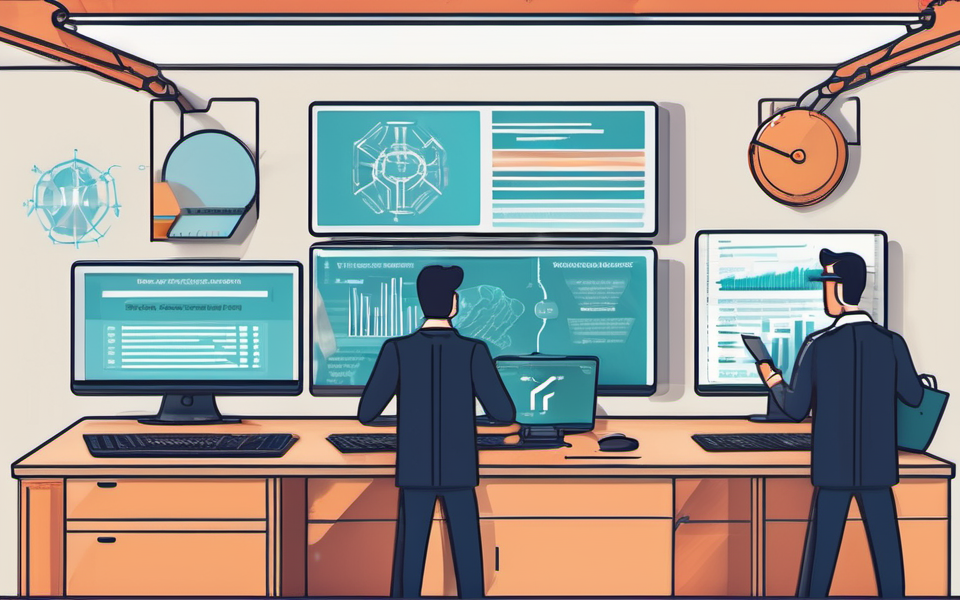Imagine a world where your data is safe, your systems are impenetrable, and your online life is free from the threat of cyberattacks. It sounds like a utopian dream, right? But what if I told you that dream is closer than you think? With the right cybersecurity defenses, you can protect your digital life from the ever-growing wave of cyber threats.
The Ever-Evolving Cybersecurity Landscape
The digital world is constantly changing, and cybercriminals are always looking for new ways to exploit vulnerabilities. We’ve all seen the headlines: massive data breaches, ransomware attacks that cripple entire organizations, and even government-sponsored hacking campaigns.
Understanding the Threats
- Malware: This includes viruses, worms, trojan horses, and spyware. These malicious programs can infiltrate your devices and steal your personal data, wreak havoc on your systems, or even hold your data hostage for ransom.
- Phishing: This tactic involves convincing you to click on malicious links or provide sensitive information on fake websites that mimic legitimate ones. Phishing emails can be very convincing, so be careful what you click on.
- Social Engineering: This attack uses deception to manipulate you into divulging sensitive information or granting access to your systems. It often exploits our natural desire to help or trust.
- Denial-of-Service (DoS) Attacks: These aim to overwhelm a system with traffic, making it unavailable to legitimate users. They are often used to disrupt online services or cripple critical infrastructure.
- Zero-Day Exploits: These take advantage of vulnerabilities that are unknown to software vendors. This means there are no patches or defenses available, making these attacks extremely dangerous.
Modern Tools for Modern Threats
As threats become more sophisticated, we need equally advanced tools to combat them. Here are some essential cybersecurity solutions for organizations and individuals alike:
- Endpoint Security: Protects your individual computers and mobile devices from malware and other threats. This includes antivirus software, firewalls, and data loss prevention (DLP) tools.
- Network Security: Shields your entire network infrastructure from external and internal attacks. This includes firewalls, intrusion detection and prevention systems (IDS/IPS), and network segmentation.
- Cloud Security: Secures your data and applications stored in the cloud. This is increasingly crucial as more and more organizations adopt cloud services.
- Identity and Access Management (IAM): This ensures only authorized individuals can access sensitive data and systems. It utilizes multi-factor authentication, single sign-on (SSO), and other methods to control user access.
- Security Information and Event Management (SIEM): Gathers and analyzes security data from across your entire network, helping you to detect and respond to threats more efficiently.
Building a Strong Cybersecurity Posture
Protecting yourself against cyberattacks isn’t a one-and-done solution. It’s a continuous process that requires vigilance and a layered approach.
Investing in Cybersecurity Education and Training
Everyone needs to understand the importance of cybersecurity and the basic principles of cyber hygiene. Organizations should invest in training their employees on identifying and mitigating potential threats. Regular cybersecurity awareness training can go a long way in preventing costly breaches.
-
For Individuals:
-
Think before you click. Be wary of suspicious emails and links.
-
Use strong passwords and multi-factor authentication wherever possible.
-
Keep your software and operating systems updated.
-
Be mindful of what you share online and be cautious about social engineering tactics.
-
Regularly back up your important data to protect yourself from data loss.
-
For Organizations:
-
Develop a comprehensive cybersecurity strategy and policies.
-
Conduct regular security audits to identify and address vulnerabilities.
-
Implement incident response plans to quickly contain and remediate breaches.
-
Educate your employees on cybersecurity best practices through training programs.
-
Maintain open communication with employees about potential threats.
-
Consider hiring external security experts for a fresh perspective on your defenses.
The Future of Cybersecurity
The future of cybersecurity is promising. We’re seeing the development of cutting-edge technologies like artificial intelligence (AI), machine learning (ML), and blockchain being applied to combat cyberattacks more effectively. AI-powered threat detection systems are able to analyze vast amounts of data and identify threats in real-time, helping to stop attacks before they cause damage.
Key Takeaways:
- The cybersecurity landscape is constantly evolving, with new threats emerging regularly.
- Staying informed and implementing proactive cybersecurity measures are essential.
- A layered approach to security involving various technologies and best practices is key.
- Continuous education and training for everyone are critical.
- Don’t underestimate the value of a strong security posture. Investing in cybersecurity is an investment in your peace of mind.
*** Remember, cybersecurity is not just about protecting your data, it’s about safeguarding your future. Let’s create a digital world that is safe, secure, and full of potential. **
This is just the beginning. The world of cybersecurity is vast and complex. Keep learning, stay vigilant, and together, let’s make the digital world a safer place for everyone.




